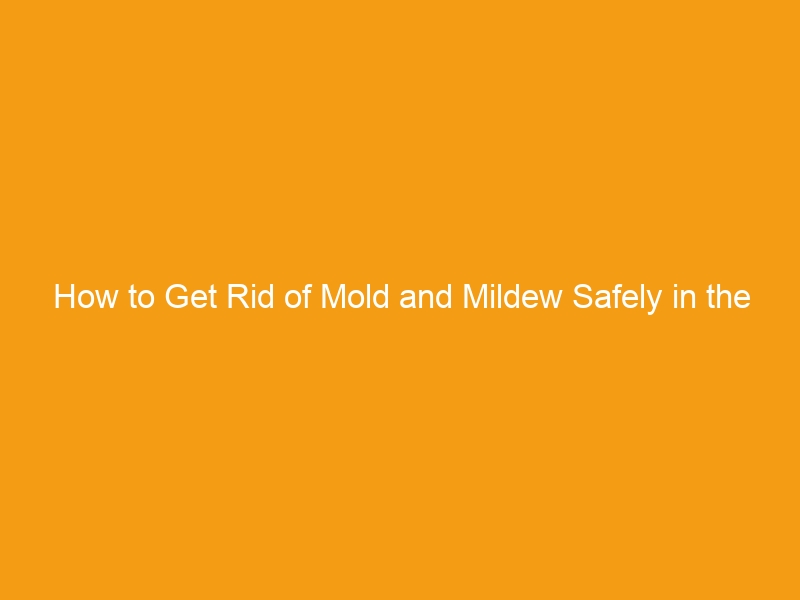Mold and mildew in the attic are not merely cosmetic issues; they can pose serious health risks and structural problems to your home if left untreated. Understanding how to tackle these unwelcome guests is crucial for maintaining a healthy living environment. Comprehensive attic cleaning services can provide professional remediation, but homeowners also can play a proactive role in combating mold and mildew. This guide teaches the safest and most effective methods to purge these harmful fungi from your attic space.
Understanding Mold and Mildew in the Attic
Mold and mildew thrive in environments with high humidity, poor ventilation, and darkness, which often describe the conditions in many attics. Over time, these fungi can cause damage to wood framing, ceiling materials, and belongings stored in the attic. They also release spores that can lead to respiratory issues and allergic reactions for the home’s occupants. Identifying the presence of mold and mildew early is critical for maintaining the structural integrity of your attic and your family’s health.
Signs of Mold and Mildew Infestation
Detecting mold and mildew can be done by looking for visible growth, which may appear as black, green, or white surface patches. A musty odor is another common indicator of a fungal problem. Additionally, signs of excessive moisture, such as water stains or peeling paint, suggest conditions are ripe for mold and mildew growth.
Safety Precautions When Cleaning Mold and Mildew
Before tackling mold and mildew removal, you must equip yourself with proper safety gear. Wearing gloves, eye protection, and a respirator or mask to filter mold spores is essential. Ensuring the space is well-ventilated during cleaning is also crucial to minimize exposure to potentially harmful spores.
Natural and Chemical-Free Cleaning Solutions
Many homeowners prefer to use natural cleaning solutions to avoid introducing harsh chemicals into their homes. White vinegar, baking soda, and hydrogen peroxide are excellent options for killing mold and mildew without toxic substances. These natural cleaners are effective and provide a safer alternative for people sensitivities to chemicals.
Steps for Cleaning Mold and Mildew in the Attic
Cleaning mold and mildew involves several steps:
- Clear the attic of all belongings to assess the extent of the fungal growth.
- Apply your chosen cleaning solution to contaminated areas.
- Scrub the affected surfaces thoroughly, then wipe clean.
- Use a dehumidifier to dry out the space and prevent future growth.
Professional Remediation Services
While DIY methods can be effective for minor issues, professional attic cleaning services should be considered for extensive mold and mildew infestations. Professionals are equipped with the tools, knowledge, and safety equipment to handle severe cases, completely removing mold and mildew and addressing the underlying moisture problems.
Maintaining a Mold-Free Attic
Prevention is key to maintaining a mold-free attic. Regularly inspect the attic for leaks and ensure proper insulation and ventilation. By doing so, you create an environment that is less conducive to mold and mildew growth, protecting your home and health in the long term.
Mold and mildew in your attic are more than a simple annoyance; they can lead to significant problems if not addressed quickly and safely. Visiting authoritative resources like the EPA’s mold information can prove invaluable for comprehensive insights and further guidance on mold remediation.

